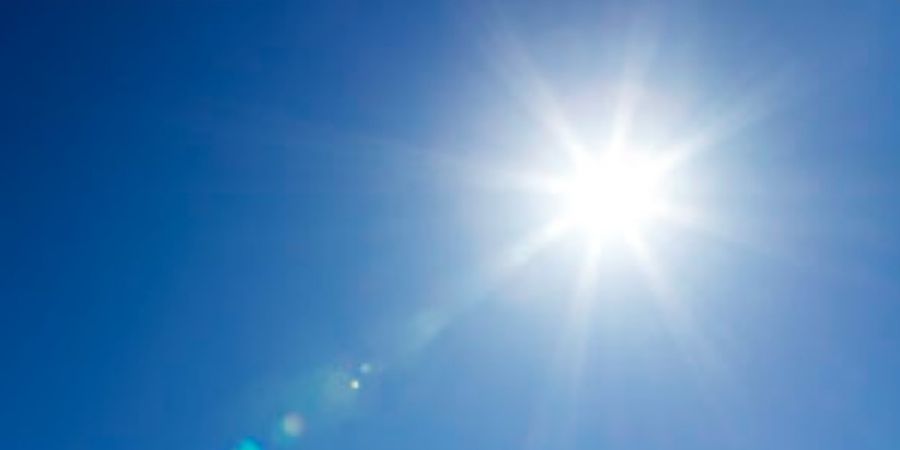

Ultra Violet Radiation :
UV radiation originates from the sun as well as man-made sources such as tanning beds and welding torches.
The emission (sending out) of energy from any source is referred to as radiation. Radiation comes in a variety of forms, ranging from extremely high-energy (high-frequency) radiation such as x-rays and gamma rays to extremely low-energy (low -frequency ) radiation such as radio waves. In the middle of the spectrum are UV rays. they have more energy than visible light., but less than X-rays.
UV rays are also classified according to how much energy they contain. lionizing radiation includes higher-energy UV photons. They have enough energy to remove an electron from an atom or molecule (ionize). Ionizing radiation can harm cells 'DNA 9genes), perhaps leading to cancer. However, even the most powerful UV rays lack the energy to penetrate far into the body, thus their primary effects on the skin.
UV radiation is classified into three categories.
UVA:
UVB:
UVC:
How do humans come into contact with UV radiation?
Sunlight:
Even though UV rays make up a minor part of the sun's rays, sunlight is the primary source of UV radiation. UV rays of various types reach the earth in varying amounts. UVA photons make up around 95% of the UV rays that reach the ground, with UVB rays according for the remaining 5%.
The strength of UV radiation reaching the ground is determined by a variety of factors, including:
UV rays are most powerful between 10 a.m. and 4 p.m.
UV rays are at their strongest during the spring and summer months. Near the equator, this is less of an issue.
Distance from the equator as you travel further away from the equator, the amount of UV exposure decrease.
Higher heights allow more UV radiation to reach the ground.
Clouds have a variety of effects, but it's crucial to remember that even on an overcast day. UV radiation can penetrate to the ground.


